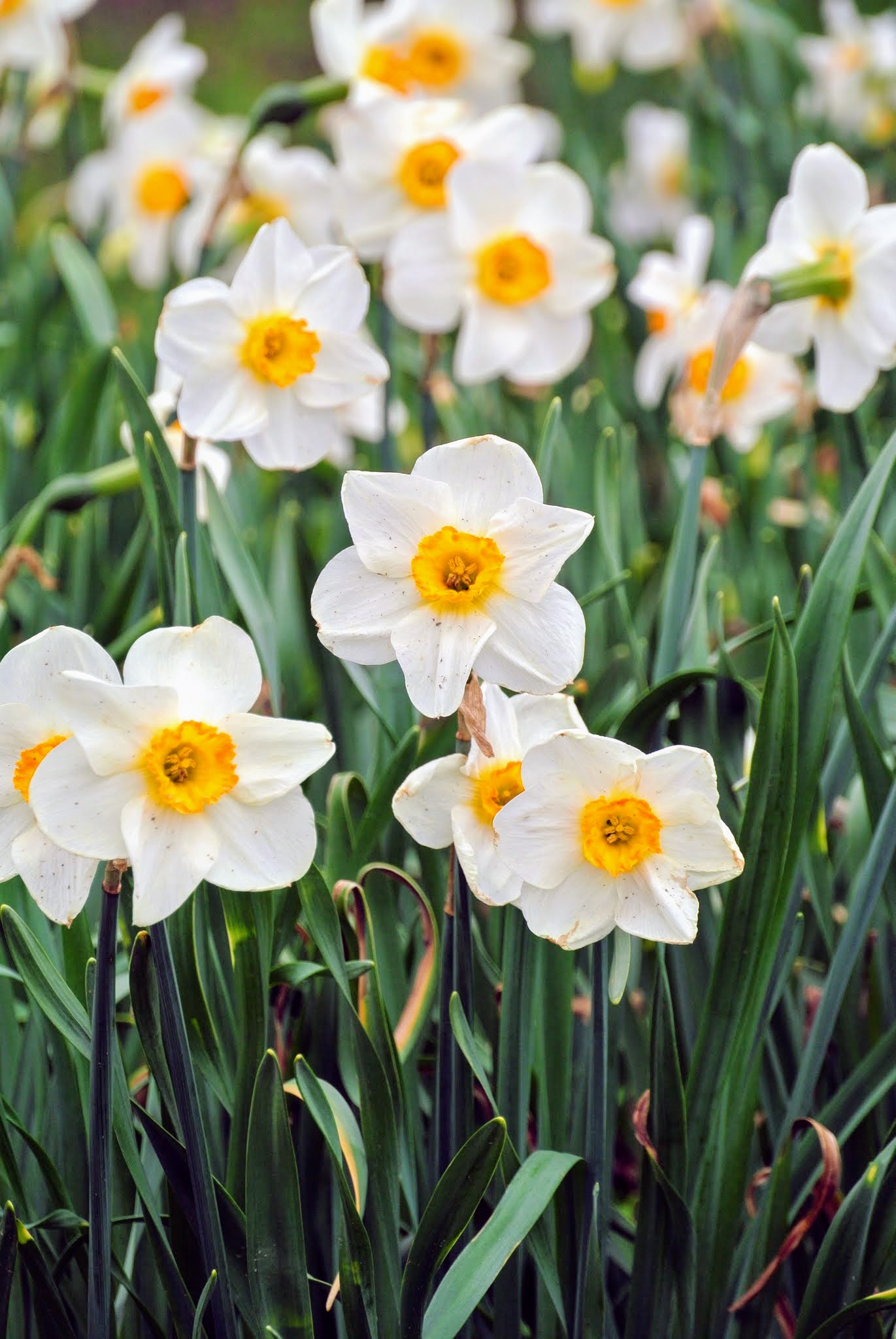The Daffodil: A Springtime Spectacle
The daffodil, a vibrant herald of spring, is a beloved flower cherished for its cheerful appearance and resilience. Belonging to the genus Narcissus, this bulbous perennial boasts a wide variety of forms, colors, and sizes, captivating gardeners and nature enthusiasts alike.
The daffodil’s history is deeply intertwined with human civilization.
Early Cultivation and Mythology

Evidence suggests that daffodils have been cultivated for centuries. Ancient Greeks and Romans admired these flowers, and their mythology even features Narcissus, a vain youth who fell in love with his own reflection and was transformed into the flower.
Symbolism and Folklore
Daffodils carry rich symbolism across cultures. In many traditions, they represent rebirth, new beginnings, and hope. In Welsh folklore, finding a single daffodil on St. David’s Day (March 1st) is considered good luck.
Daffodils exhibit unique botanical features that contribute to their distinctive appearance.
Flower Structure

The daffodil’s most striking feature is its flower, composed of six petal-like tepals surrounding a central trumpet or corona. This corona can vary dramatically in shape and color, contributing to the vast diversity within the genus.
Leaf and Stem
Daffodils typically possess long, slender, and strap-shaped leaves that emerge from the ground alongside the flower stalk. The stem is usually hollow and supports the flower head.
Cultivating daffodils is generally straightforward, making them a rewarding choice for both experienced and novice gardeners.
planting and Soil
Daffodil bulbs are typically planted in the fall, allowing them to establish roots before the onset of winter. Well-drained soil rich in organic matter is ideal for optimal growth.
Sunlight and Watering
While daffodils thrive in full sun, they can also tolerate some shade. Consistent watering is essential during the growing season, but they prefer well-drained soil to prevent root rot.
Pest and Disease Control
Daffodils are relatively resistant to pests and diseases. However, they can be susceptible to fungal infections, particularly in wet conditions. Good air circulation and proper drainage can help minimize these risks.
The genus Narcissus encompasses a wide array of species and cultivars, each with its own unique charm.
Species Diversity
Cultivar Groups
Horticulturists have developed numerous cultivars, categorized into different groups based on their flower characteristics, such as trumpet daffodils, large-cupped daffodils, and double daffodils.
Daffodils are versatile plants that can be incorporated into various garden settings.
Naturalizing
Daffodils are well-suited for naturalizing, where they can be planted in large drifts to create a stunning spring display.
Cut Flowers
Daffodils are popular cut flowers, adding a touch of cheerfulness to bouquets and arrangements. However, it’s important to note that daffodil sap can be toxic to other flowers, so it’s best to condition them separately before combining them with other blooms.
Beyond their aesthetic appeal, daffodils offer several environmental benefits.
Pollinator Support
Daffodils provide an early source of nectar and pollen for pollinators such as bees and butterflies, supporting the local ecosystem.
Soil Improvement
As bulbs, daffodils contribute to soil health by improving soil structure and aeration.
Daffodils have inspired artists and writers throughout history, leaving an enduring mark on human culture.
Literature and Poetry
The beauty and symbolism of daffodils have been celebrated in countless poems and literary works, from William Wordsworth’s iconic “I Wandered Lonely as a Cloud” to contemporary verses.
Art and Design
Daffodils have been depicted in various art forms, including paintings, sculptures, and decorative arts. Their vibrant colors and elegant forms continue to inspire artists today.
The daffodil, with its cheerful blooms and enduring symbolism, remains a beloved flower worldwide. Its ease of cultivation, diverse forms, and environmental benefits make it a valuable addition to any garden. As we celebrate the arrival of spring, let us pause to appreciate the beauty and resilience of this remarkable flower.


